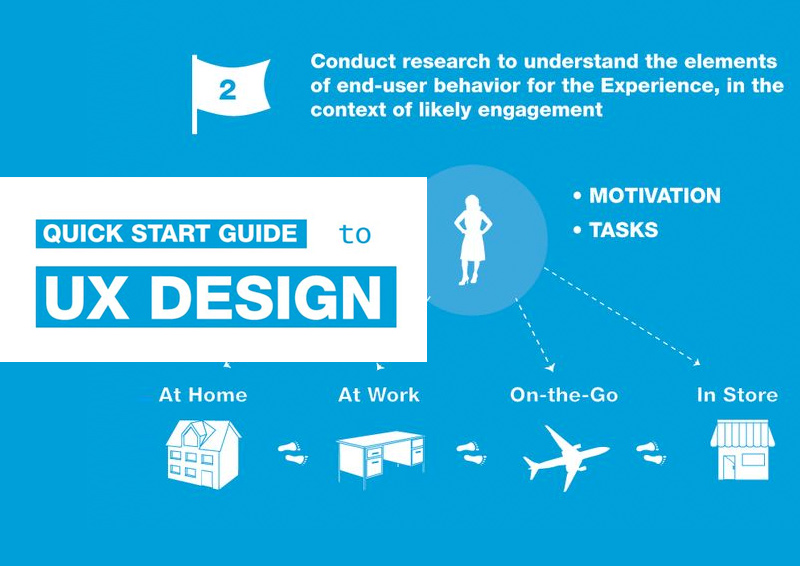The Development Of Site Style: From Past To Existing
The Development Of Site Style: From Past To Existing
Blog Article
Article Written By-Kinney Hejlesen
In the past, internet sites were straightforward and concentrated on info. Navigation was straight, and design was for desktops. Currently, user experience is essential. Data guides styles for very easy navigating. Highly recommended Webpage match different tools. Today, dark mode lowers stress, and minimalist food selections enhance navigating. Interactive attributes involve individuals, and bold visuals stick out. AI combination improves involvement. See exactly how style has actually progressed to boost your on the internet journey.
Very Early Days of Web Design
In the early days of web design, simpleness preponderated. Sites were fundamental, with minimal shades, fonts, and formats. The emphasis got on giving info instead of showy visuals. Individuals accessed the internet via sluggish dial-up links, so rate and functionality were crucial.
Navigation menus were straightforward, normally located on top or side of the web page. Recommended Reading were developed for desktop, as mobile surfing wasn't yet prevalent. Web content was king, and developers focused on simple readability over complex style aspects.
HTML was the primary coding language used, and developers needed to work within its restrictions. Computer animations and interactive functions were minimal contrasted to today's standards. Websites were fixed, with little dynamic material or tailored customer experiences.
Increase of User-Focused Style
With the development of internet site style, a change towards user-focused style principles has actually become significantly noticeable. Today, developing websites that prioritize user experience is essential for involving site visitors and attaining organization objectives. User-focused layout entails understanding the requirements, preferences, and habits of your target market to tailor the site's design, material, and includes appropriately.
Designers now conduct complete study, such as customer surveys and functionality screening, to gather insights and feedback directly from individuals. This data-driven approach helps in creating user-friendly navigating, clear calls-to-action, and aesthetically appealing user interfaces that resonate with visitors. By positioning the user at the center of the style procedure, sites can deliver a more personalized and enjoyable experience.
Receptive design has actually additionally become an essential element of user-focused layout, making sure that sites are enhanced for various gadgets and screen dimensions. This adaptability improves accessibility and usability, dealing with the varied means users engage with websites today. Basically, the increase of user-focused layout indicates a change in the direction of developing digital experiences that prioritize the demands and expectations of completion customer.
Modern Trends in Web Design
Discover the latest trends shaping website design today. One noticeable trend is dark mode style, providing a smooth and modern appearance while minimizing eye strain in low-light environments. Another key pattern is minimalist navigation, streamlining food selections and enhancing user experience by focusing on essential elements. Integrating micro-interactions, such as animated buttons or scrolling effects, can develop a much more appealing and interactive web site. Receptive style continues to be crucial, ensuring seamless user experiences throughout various devices. Furthermore, utilizing strong typography and unbalanced layouts can add aesthetic rate of interest and accentuate particular web content.
Incorporating AI innovation, like chatbots for customer assistance or individualized recommendations, improves customer engagement and improves procedures. Accessibility has additionally come to be a substantial trend, with designers prioritizing comprehensive style practices to cater to varied individual requirements. Accepting sustainability by enhancing website performance for rate and effectiveness is an additional arising pattern in website design. Working together with user responses and information analytics to iterate and enhance design constantly is crucial for staying relevant in the ever-evolving digital landscape. By welcoming these contemporary fads, you can develop an aesthetically attractive, easy to use web site that reverberates with your target market.
Verdict
As you assess the development of site style from the very early days to now, you can see exactly how user-focused style has actually come to be the driving force behind contemporary patterns.
Accept the journey of adjustment and adjustment in web design, always maintaining the individual experience at the center.
Keep existing with the latest patterns and technologies, and never ever stop developing your strategy to produce aesthetically stunning and straightforward websites.
Advance, adapt, and produce - the future of web design is in your hands.
